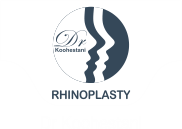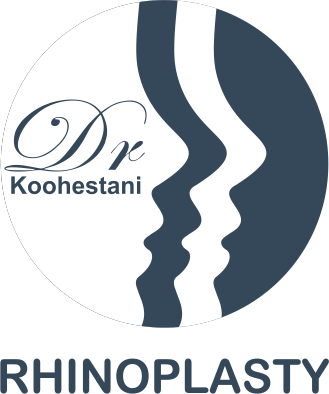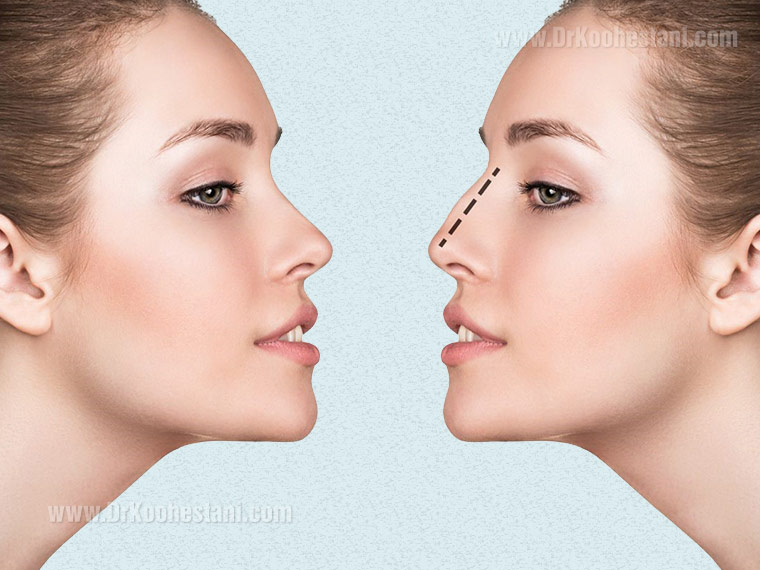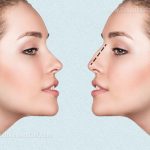Nose surgery or rhinoplasty is a procedure to reshape the nose, which can be used to:
make the nose bigger or smaller,
change the angle of the nose in relation to the upper lip,
reshape the tip or correct the bump of the nose,
and also to correct other flaws of the nose.
During nose surgery, the surgeon makes an incision so that he can access the bones and cartilage of the nose – the strength of the nose is dependent on the bones and cartilage. In order to achieve the desired result, some of the bone and cartilage is removed, or a graft is added to the nose. Once the surgeon reshaped the bones and cartilage of the nose, he covers the new structure with skin and tissue. A splint is placed on top of the nose to support the new structure until full recovery.
The nose surgery can be performed under either general anesthesia or local anesthesia. This surgery is usually an outpatient procedure. But sometimes, the patient may need to be hospitalized overnight in a hospital or clinic.
The decision to have nose surgery
If you want to have nose surgery but you are still in doubt, book a consultation visit with your doctor. In this session, talk about your goals, your concerns, and the changes you want him to make in your face. It is in this case that your doctor can determine whether you are a good candidate for rhinoplasty or not.
The surgeon can only improve your facial structure and enhance your unique and natural beauty. In the consultation visit, the surgeon describes the unique features of your face and tells you how much you will change with nose surgery.
Consultation visit: Issues that you can discuss in the consultation visit:
- Explain how would you describe your desired result.
- Discuss any medical problems or allergies.
- Do you have a history of any medications or drug abuse? Do you use any permanent medication or herbal complements?
- Have you had nose surgery before? How was the result of your previous surgery, and why you are not satisfied with it?
What does the surgeon do in the consultation visit?
- Getting familiar with your current health status.
- Discussing different types of possible surgeries for your nose.
- Measuring your face.
- Taking photos of your face from different angles.
- Planning for the surgery.
Types of rhinoplasty
Closed method
In the closed method, the required incisions are made inside the nose and therefore, the scars are not visible after the surgery. The surgeon does not have access to all parts of the nose in this method, putting a lot of pressure on the surrounding tissues during the surgery. This method is used in cases in which, there is no need to have access to all parts in order to correct the flaws of the nose.
Open method
In the open method, the surgeon also makes an incision below the nose through the columella in addition to the incisions inside the nose, yet provides greater access for the surgeon. With this incision, the surgeon can elevate the skin from the tip of the nose and accurately shape the cartilage. Once the scar is healed, a very small trace of it will remain, which is hardly seen since it is underneath the nose.
What to expect after the surgery?
The splint and bandage are removed after 4 to 6 days.
Your face becomes puffy and the regions around your eyes and nose become swollen for a few days. The cold compress can be helpful to subside the swelling and pain. You doctor may also prescribe you painkiller medications. 10 to 14 days are required in order for most of the swelling to heal.
You must keep your head elevated for the first few days, and to keep your head elevated while sleeping, use a couple of pillows. It would be at least a few weeks before you can resume your intense activities.
Nose surgery along with other surgeries
Since the nose plays a major role in facial structure, many patients prefer to also have other surgeries along with nose surgery. These procedures can help maintain the harmony of the face and create more significant results. In most cases, combining nose surgery with one or a few more procedures is harmless. However, to ensure safe and satisfactory results, patients must find a surgeon who has enough expertise and experience to perform the relevant procedures.
The procedures that can be performed at the same time as the nose surgery are:
- Chin augmentation surgery
- Fat transfer to the face
- Brow lift
- Blepharoplasty or eyelid surgery (lower eyelid, upper eyelid)
Recovery period
The recovery period after a rhinoplasty usually takes a few weeks, and in order to speed up recovery and to ensure good results, patients should carefully follow the post-op instructions
















